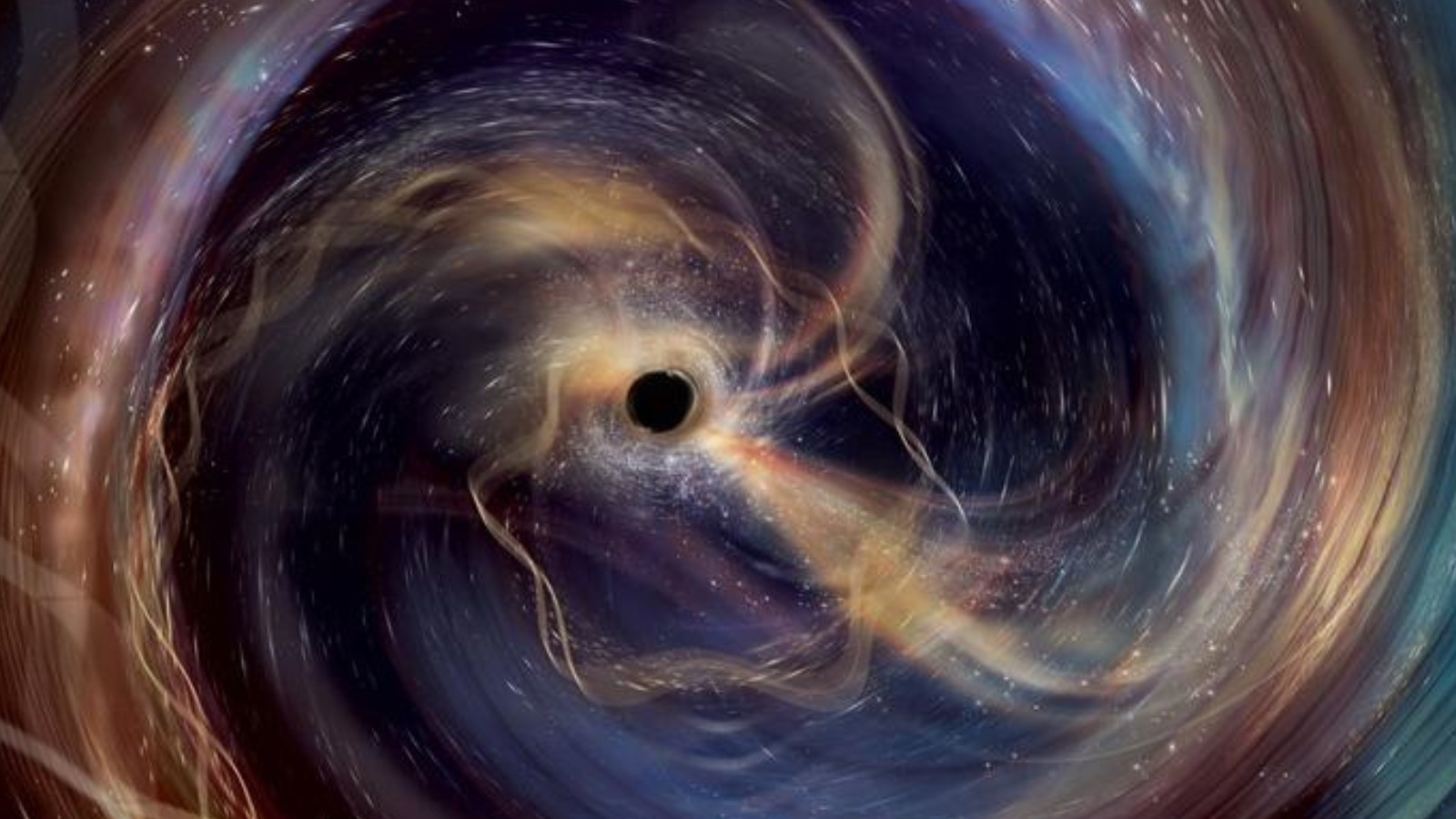Black Holes Confirm Stephen Hawking's Theory with New Gravitational Wave Signal
The loudest gravitational wave ever detected, GW250114, has provided the clearest confirmation yet of Stephen Hawking’s black hole area theorem, marking a milestone in gravitational wave astronomy.

The Laser Interferometer Gravitational-Wave Observatory (LIGO), in collaboration with Virgo and KAGRA, has detected the loudest gravitational wave signal to date, designated GW250114, on January 14, 2025. This event, announced on September 12, 2025, has allowed scientists to confirm with unprecedented precision Stephen Hawking’s 1971 area theorem, which posits that the total surface area of black holes cannot decrease during a merger.
A Landmark Detection in Gravitational Wave Astronomy
The GW250114 event involved the collision of two black holes, each with a mass between 30 and 40 times that of the Sun, located approximately 1.3 billion light-years from Earth. The signal’s exceptional clarity—described by LIGO’s Simona Miller as “the loudest gravitational-wave signal that we have observed so far”—enabled researchers to measure the masses and spins of the black holes with far greater accuracy than previous detections. This clarity was crucial for testing the area theorem, as it allowed for precise calculations of the black holes’ surface areas before and after the merger.[1][2][4]
Confirming Hawking’s Area Theorem
According to the data, the initial combined surface area of the two black holes was about 240,000 square kilometers, roughly the size of the United Kingdom. After the merger, the resulting black hole’s surface area increased to approximately 400,000 square kilometers, about the size of Sweden. This clear increase in area provides the strongest observational evidence yet for Hawking’s theorem, which is closely linked to the second law of thermodynamics and the concept of black hole entropy. The result was published in Physical Review Letters and has been hailed as a major step forward in understanding the fundamental laws governing black holes.[1][2][4]
Implications for Physics and Future Research
The confirmation of Hawking’s area theorem not only validates a key prediction of black hole physics but also strengthens the broader framework of general relativity. The ability to test such fundamental laws with high confidence is a testament to the advances in gravitational wave detection technology over the past decade. Researchers are now planning even more sensitive observatories to probe the universe’s earliest epochs and further test the limits of Einstein’s and Hawking’s theories.[2][4]
The GW250114 event also allowed scientists to confirm another prediction, known as the Kerr hypothesis, which states that black holes with the same mass and spin are mathematically identical. The clarity of the signal enabled the detection of multiple “tones” from the post-merger black hole, further validating theoretical models.[4]
This discovery marks a new era in gravitational wave astronomy, offering unprecedented opportunities to explore the nature of gravity, black holes, and the fabric of spacetime itself. As the field continues to evolve, scientists anticipate even more groundbreaking insights in the years ahead.